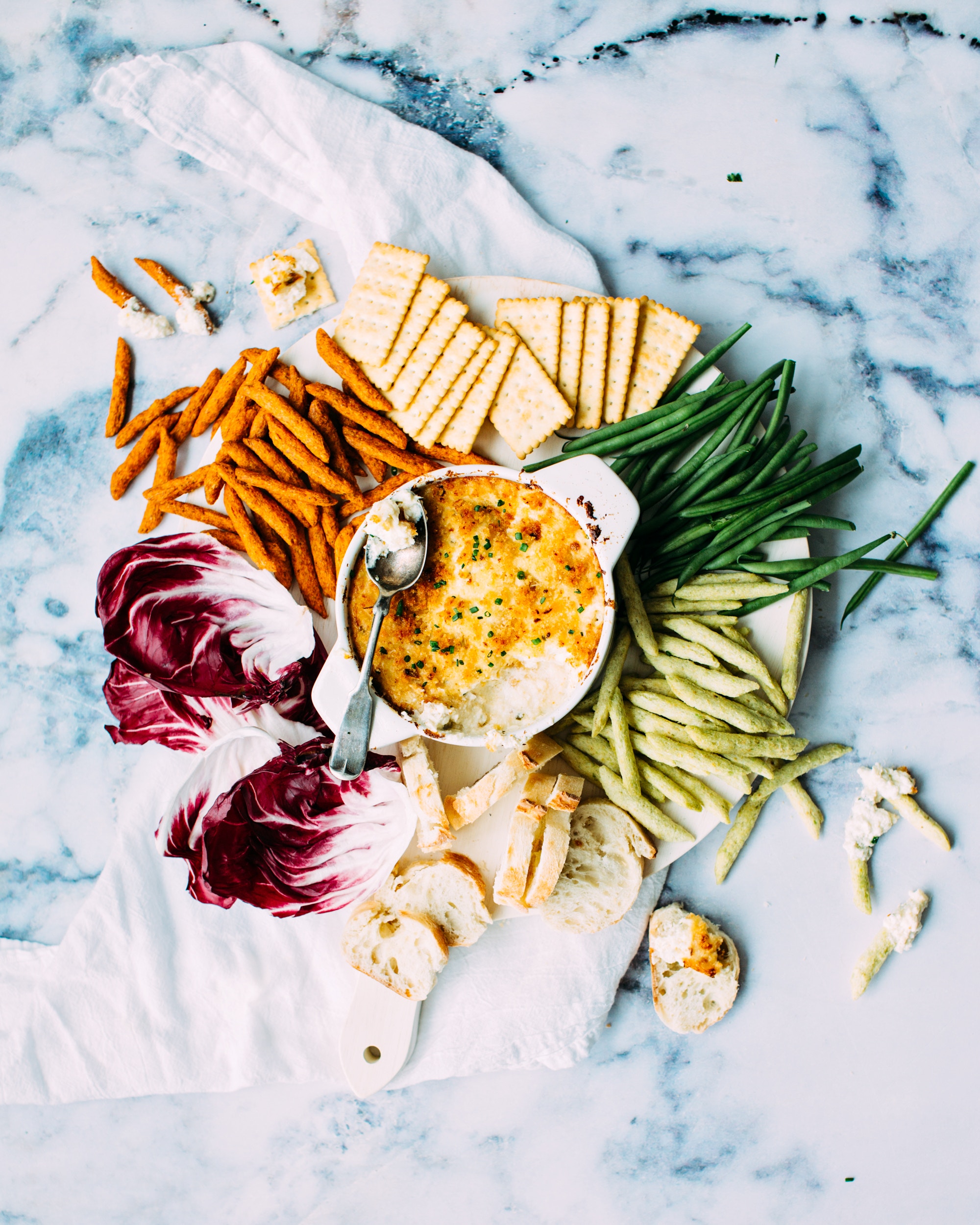Coconut Almond Cake With Blueberry Lemon Glaze
/Summer is here! Berries are one of my favorite aspects of summer cooking and eating. They are so high in healing plant compounds, low on the glycemic index, and naturally sweet. I take every opportunity to savor them during their short season. This recipe features blueberries, which are high in phytonutrients that reduce inflammation and oxidative stress in the body. They lower triglycerides and protect cells and blood vessels in the heart. Blueberries improve memory, support the nervous system, and balance blood sugar. Try to eat 1 cup of blueberries daily to reap their health benefits.
Coconut Almond Cake
This cake is gluten-free, grain-free, and high in protein.
You will need:
1/2 cup coconut flour
1 1/2 cups almond flour
1/4 cup shredded coconut (optional)
1 teaspoon baking powder
a pinch of salt
1/2 teaspoon nutmeg
1 teaspoon cinnamon
1 cup milk of any kind
4 eggs, beaten
1/3 cup maple syrup
1/3 cup unsweetened applesauce
1/4 cup coconut oil, melted
Preheat oven to 350 degrees. Melt coconut oil in a 9x9 cake pan in the oven.
Mix all the ingredients together in the order listed. Pour the melted coconut oil into the bowl and mix well. Pour batter into cake pan.
Bake for 30 minutes, or until a toothpick comes out clean when inserted.
Blueberry Lemon Glaze
This is truly the icing on the cake!
You will need:
2 cups blueberries, fresh or frozen
2 tablespoons maple syrup
1/2 teaspoon each: cinnamon and cardamom
a pinch of salt
zest of 1 lemon
juice of 1/2 lemon
Mix all ingredients together in a sauce pan and simmer on medium heat for 5 minutes. Cool slightly before pouring it over the cake. Set aside to cool for 15 minutes. It's even more delicious the next day after the glaze soaks into the cake.






